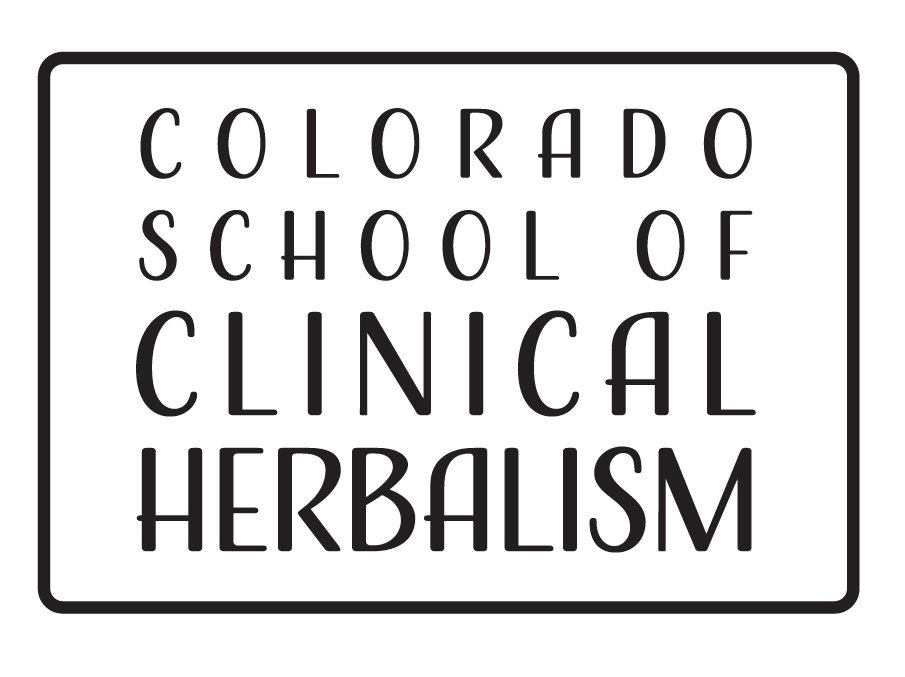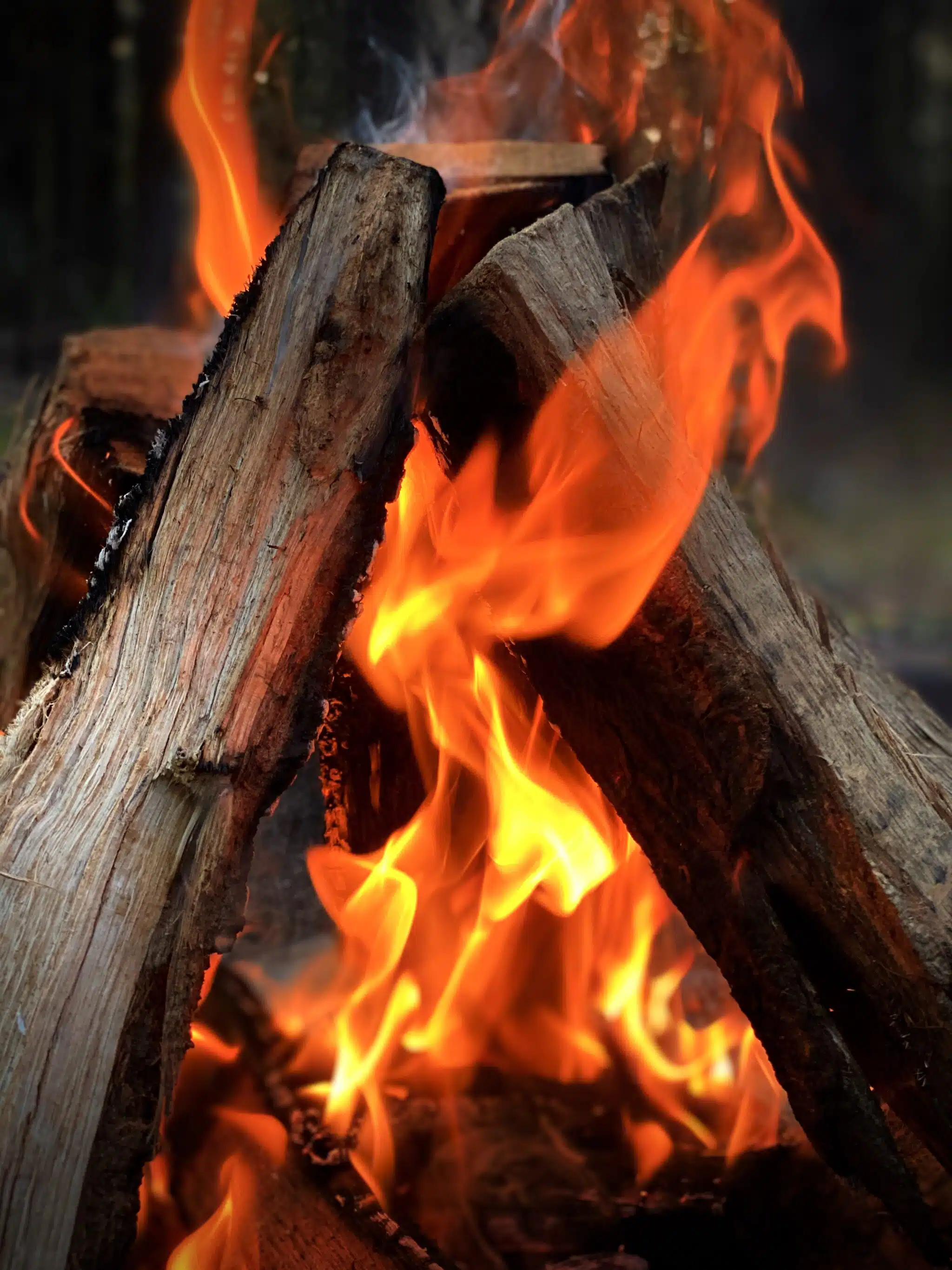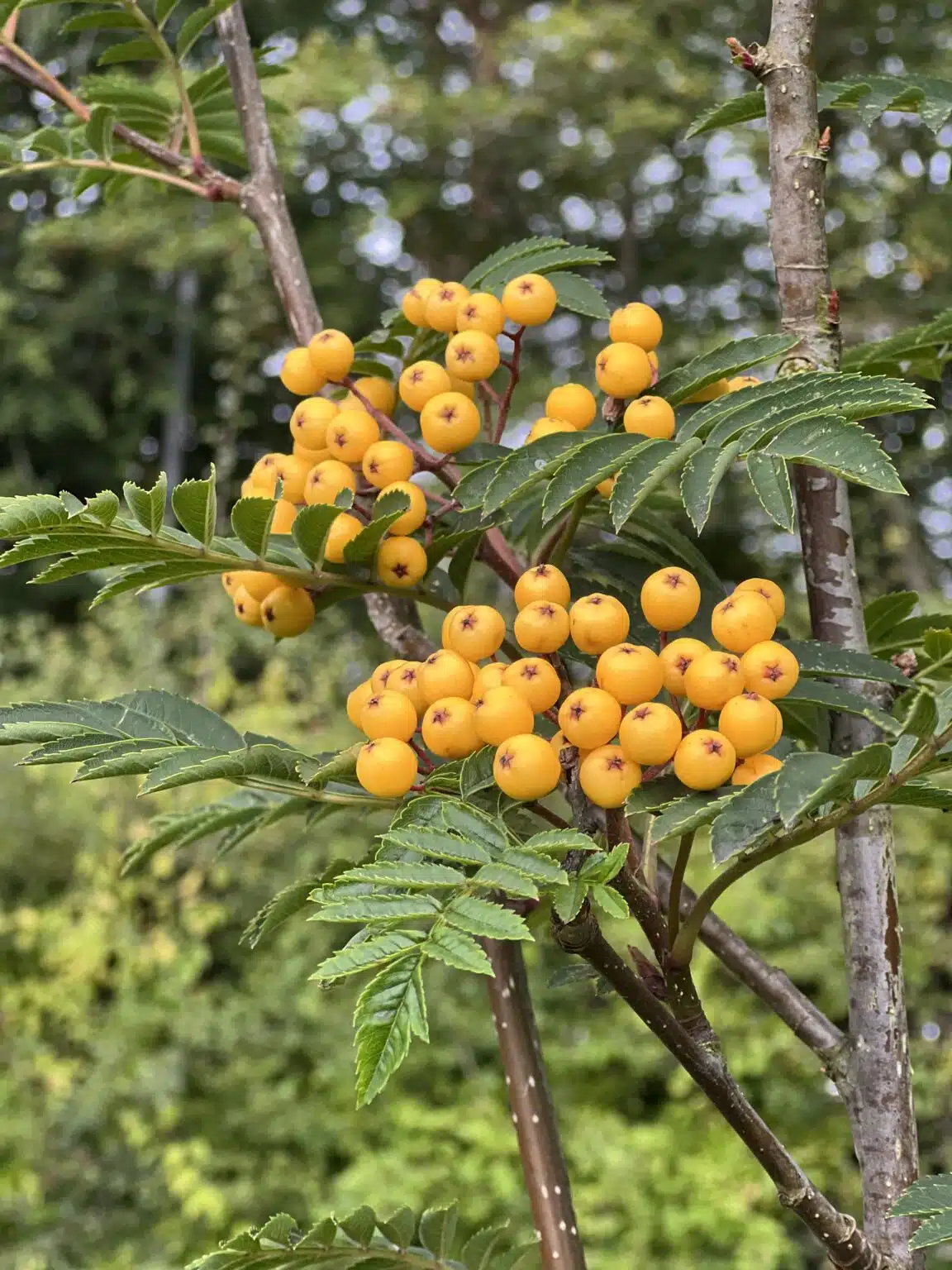With Herbalist Savannah Dare
Have you ever felt so connected to any singular place? The feeling of homesickness to a place you have only been to a few times or not at all? Join the club! I have spent the last 15 years with this exact feeling about Scotland. I am of Scottish ancestry of Clan MacGregor. You might be wondering why I mention this? I mention this because this is who I am. A girl who loves Scotland who wants to learn more about her Scottish ancestry. I am an herbalist, yes, but a Scottish lover at heart. Teaching the holiday of Beltane is my way to help discover this connection between Scotland and the herbal magic that lies in the past, present, and future.
What is Beltane?
Beltane is a Celtic holiday that is based around the transition from spring into summer, falling on the days April 30th to May1st. In Scottish Gaelic, Beltane is known as Bealltainn, meaning “bright fire.” Beltane has many themes during this transition period. Often focusing on growth, protection, abundance, fertility, light, love, and sexuality. It is a time where plants start to bloom, the days become longer, and “heat” is in the air. Fire has a strong presence during this celebration. Whether this be bonfires, candles, or fireplaces, the flame is to help with protection and health. In traditional practices, it was common to have two fires built where cattle and or people were to walk between them. Usually decorated with flowers! This traditional practice is still used today. In the Scottish Highlands, oat cakes were cooked alongside the Beltane fire. The oat cakes were often cooked with nine raised knobs where they were then broken off and tossed into the fire to be offered as a sacrifice to protect livestock and ensure they were going to be healthy for the upcoming year.
Flowers used:
Not only is fire important to Beltane, but the flora that starts to bloom. Hawthorn has a huge significance to the holiday. When a hawthorn tree starts to bloom, Beltane is just around the corner. Up until the late 19th century, it was common practice to deck the halls with flowers. The most common flowers used were those that are yellow. Connecting to the bright light of the Beltane flame and the sun. These flowers were often primrose, hawthorn, rowan, marsh marigold, and gorse. Now-a-days, local flowers are gathered and brought inside to decorate alters, mantles, and other parts of the home. If someone is in a city where access to these local plants is harder to obtain, some go to floral shops or get artificial flowers to celebrate!
How to use herbal support during Beltane?
A very simple and easy way to celebrate Beltane is through flower essences! Flower essences are wonderful allies to accommodate during major transitions in one’s life. Either with seasonal transitions, such as Beltane, or everyday life transitions. Flower essences are a wonderful support system!
What are flower essences?
Flower essences are the energetic footprint of a flower or tree that has been infusing in spring water under the sun. The medicine that has been infusing is then preserved with alcohol. Flower essences are gentle medicine that can be used internally or topically to help promote balance to the mind, body, and emotions.
Have questions? Email me at savannah.dare@clinicalherbalism.com
References:
Marquis, M. (2015). Beltane: Rituals, recipes, & lore for May Day. Llewellyn Publications.


